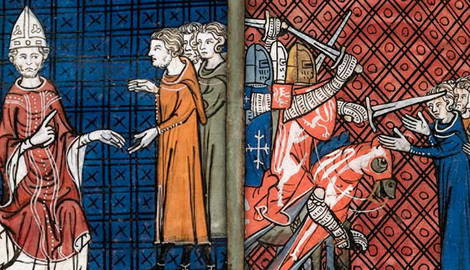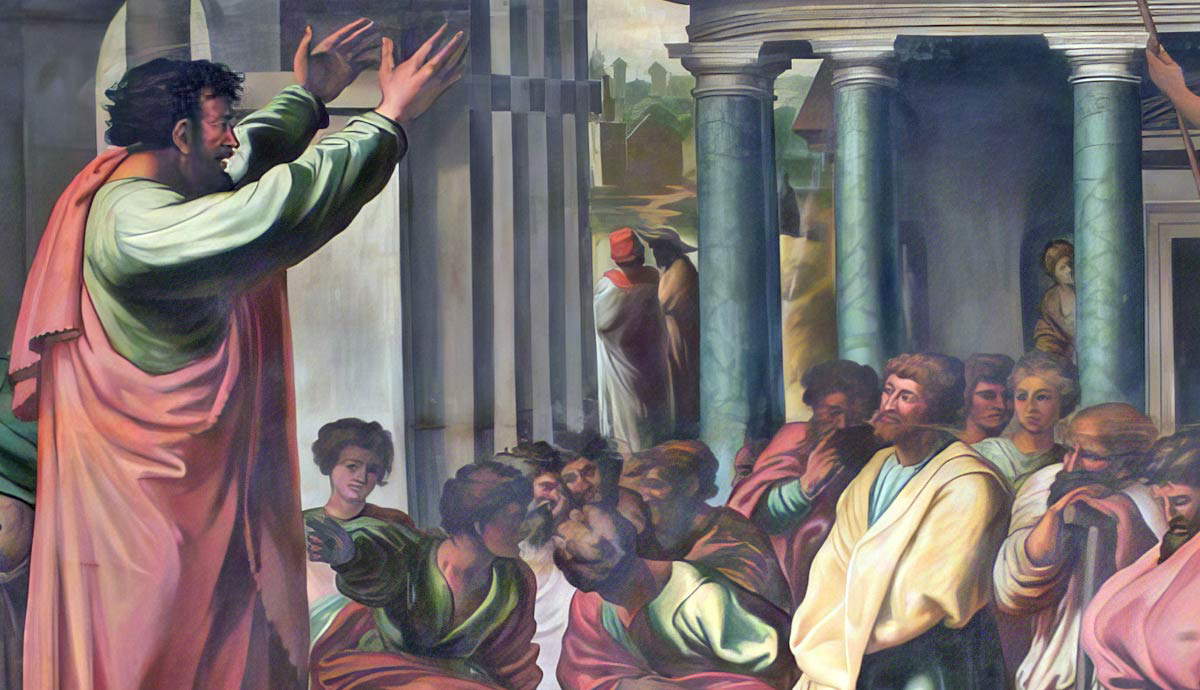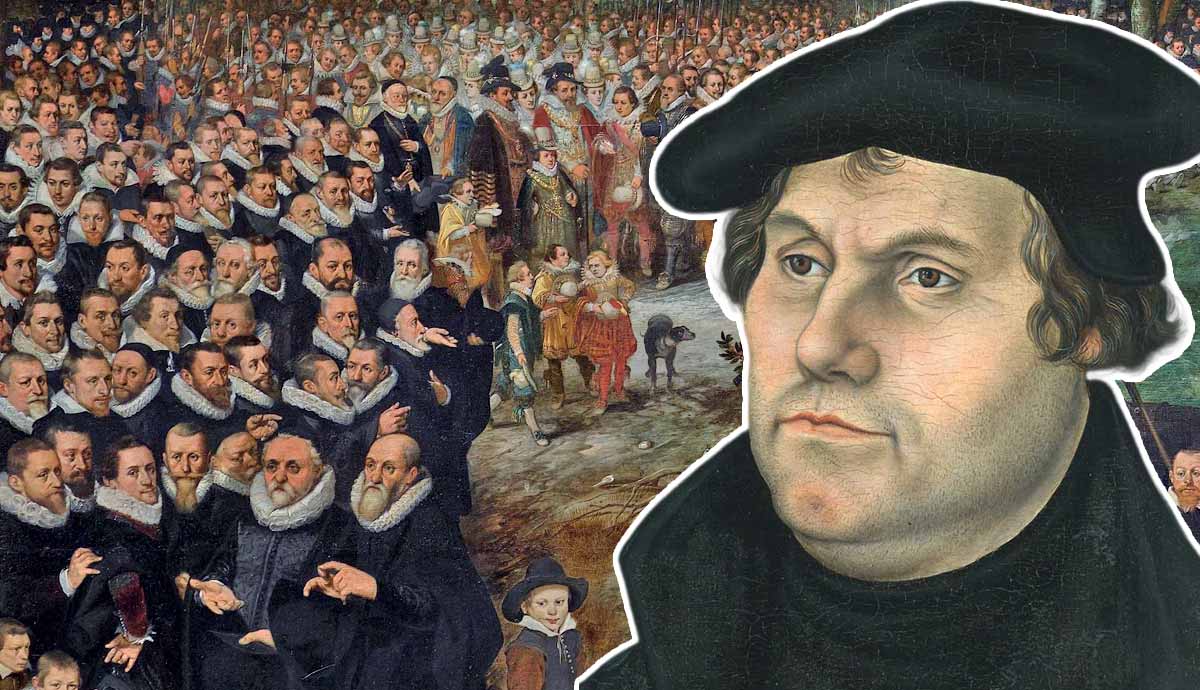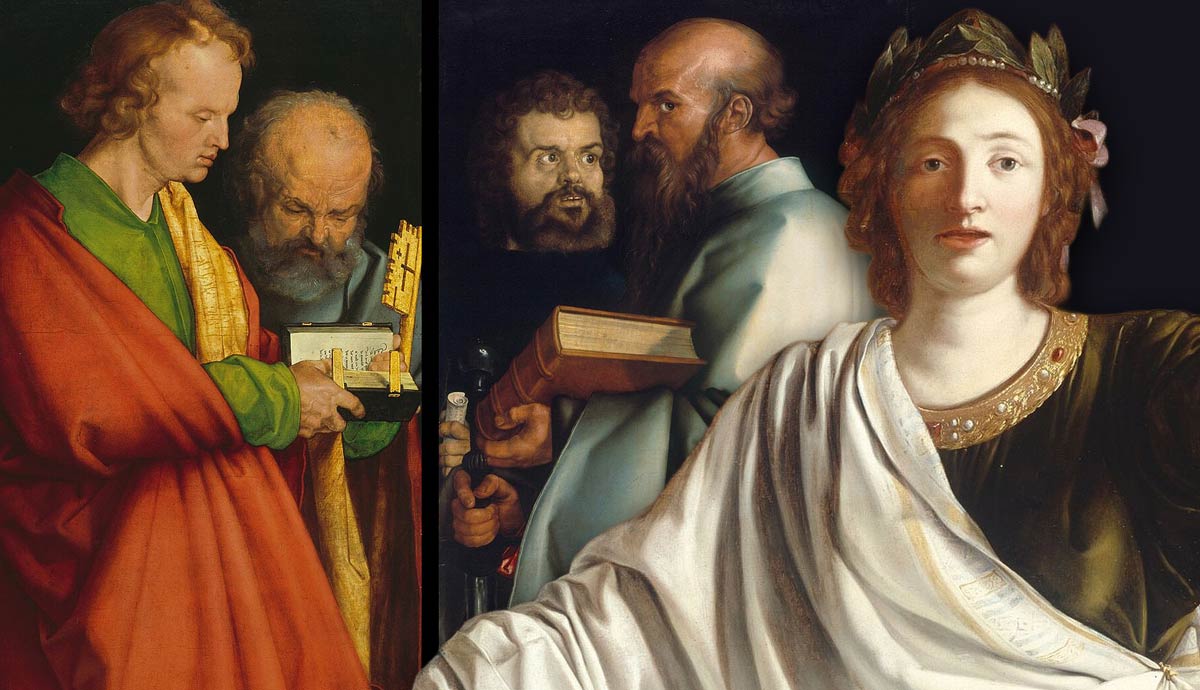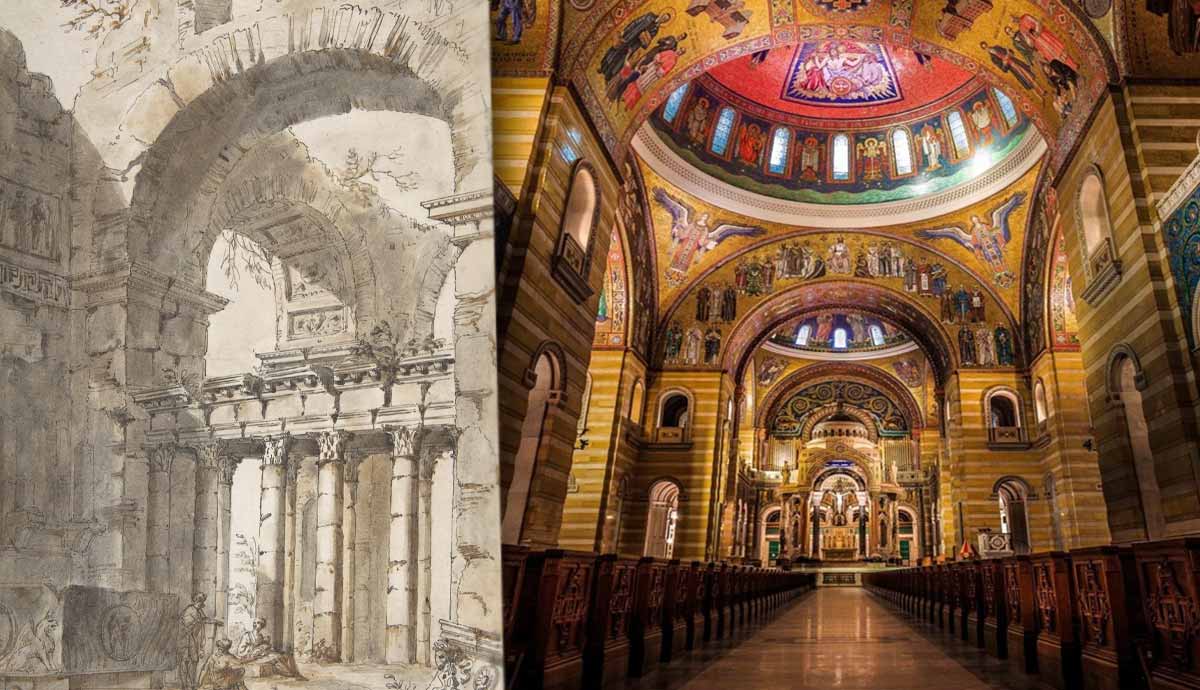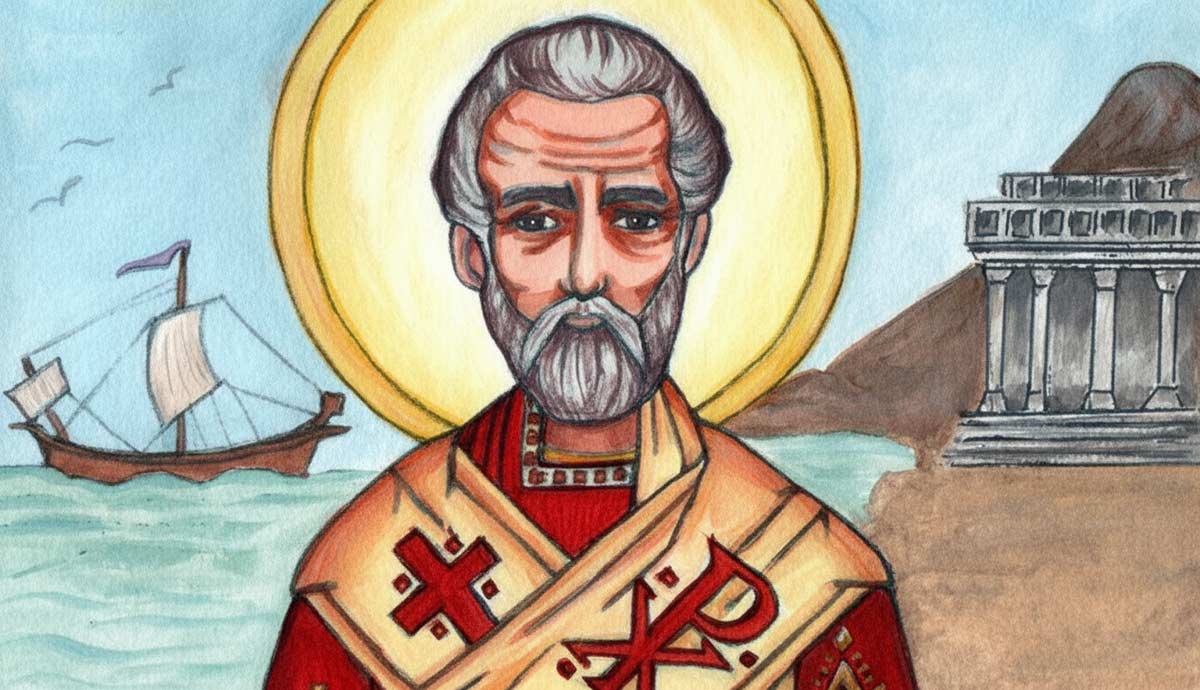
In medieval France, several religious groups sprung up from the 12th to 14th centuries with beliefs considered heterodox (against standard religious beliefs). One of these groups was known as the Cathar.
Emergence of the Cathar

The Cathari, or Cathar, were a religious sect that began in the mid-1100s near Albi, France and spread through a region called the Languedoc, in the central southern portion of France. The name is derived from the ancient Greek word which means “the pure ones.” They often referred to themselves as “the Good Christians.” They were also known as Albigensians from the town where the movement originated. Their beliefs may have been imported into the area through trade with the Byzantine Empire in the east, from which similar movements entered into Western Europe, so much that they were referred to at times as Bulgarians.
What the Cathar Believed
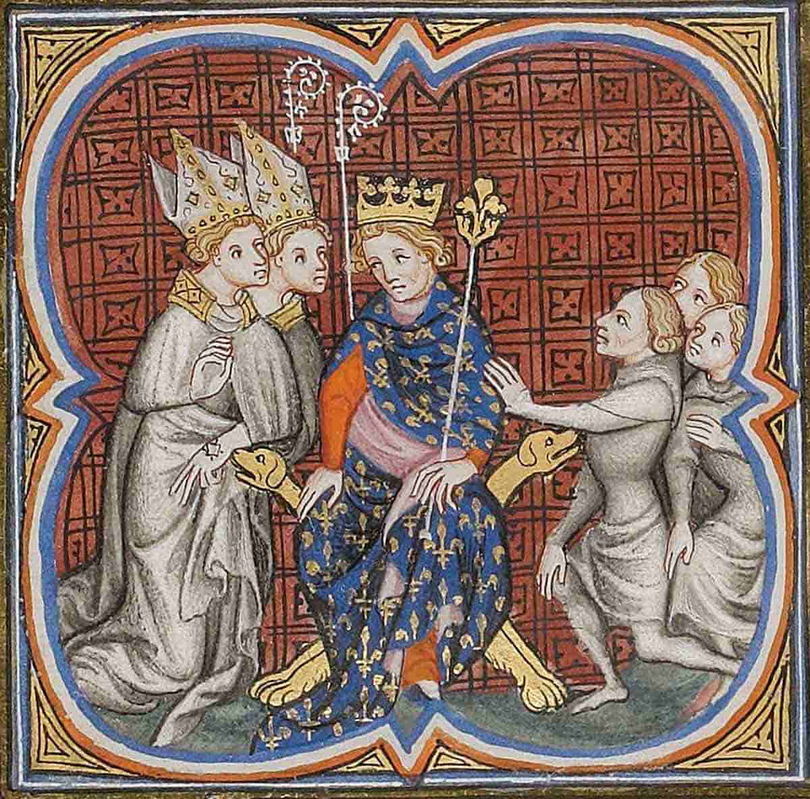
The Cathar were primarily a dualistic religion, believing that the Old Testament God and New Testament God were separate beings. Similar to the teachings of Marcion in the 100s AD, their theology is closely related to Zoroastrianism and Gnosticism from centuries earlier. Not much is known specifically of their beliefs, as most of their writings were destroyed by their critics.
Cathar Writings that Remain
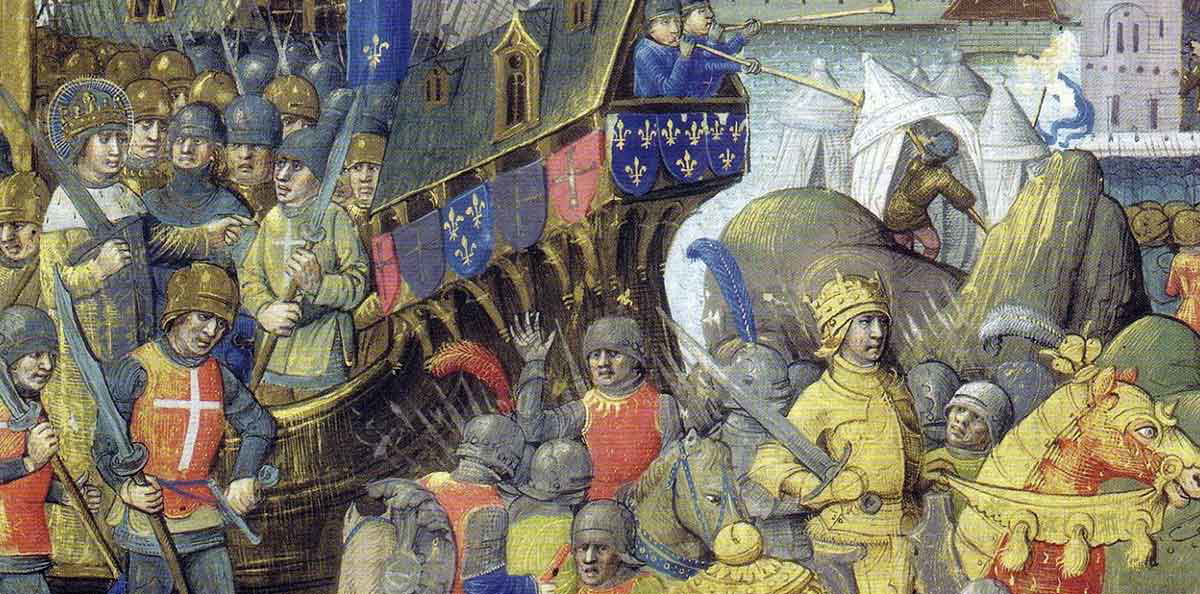
The persecution of the Cathars resulted in the destruction of most of their writings, but some have survived as most heretical writings do, through their critics. The Book of the Two Principles is the primary work that survived. The Book of the Two Principles is likely the work of an Italian named John of Lugio, and attempts to refute the Roman Catholic arguments against the Cathar religion. In it, he attempts to prove that there are two nearly equal beings, a good God and an evil god fighting against each other and that any of the supposedly “evil” things done in the Old Testament by God should be attributed to the evil god:
“Therefore, the wise may read [the Scriptures] and believe without doubt that there is an evil god, lord and creator; he is the source and cause of all the evils referred to above. Otherwise, one would be led of necessity to confess that the true God himself, who is shining and good, holy, the living fountain and source of all sweetness, delight, and justice, was directly the cause and origin of all evil, wickedness, bitterness, and injustice.”
The Fate of the Cathar

The Roman Catholic church sent missions into the region dominated by the Cathars with limited success, and even held a couple of councils in the late 1100s to condemn the movement. When Pope Innocent III became Pope in 1198, he decided to be more aggressive with the Cathars. Initially he attempted to send in peaceful missions, but again to no avail. Eventually, a priest named Dominic was sent in to attempt to bring the Cathar back into the faith, but he met with opposition due to the problems that the church had with wealthy, privileged clergy. Dominic’s experiences with the Cathar would lead him to found the Dominican Order of monks in 1216, with vows of poverty and chastity.
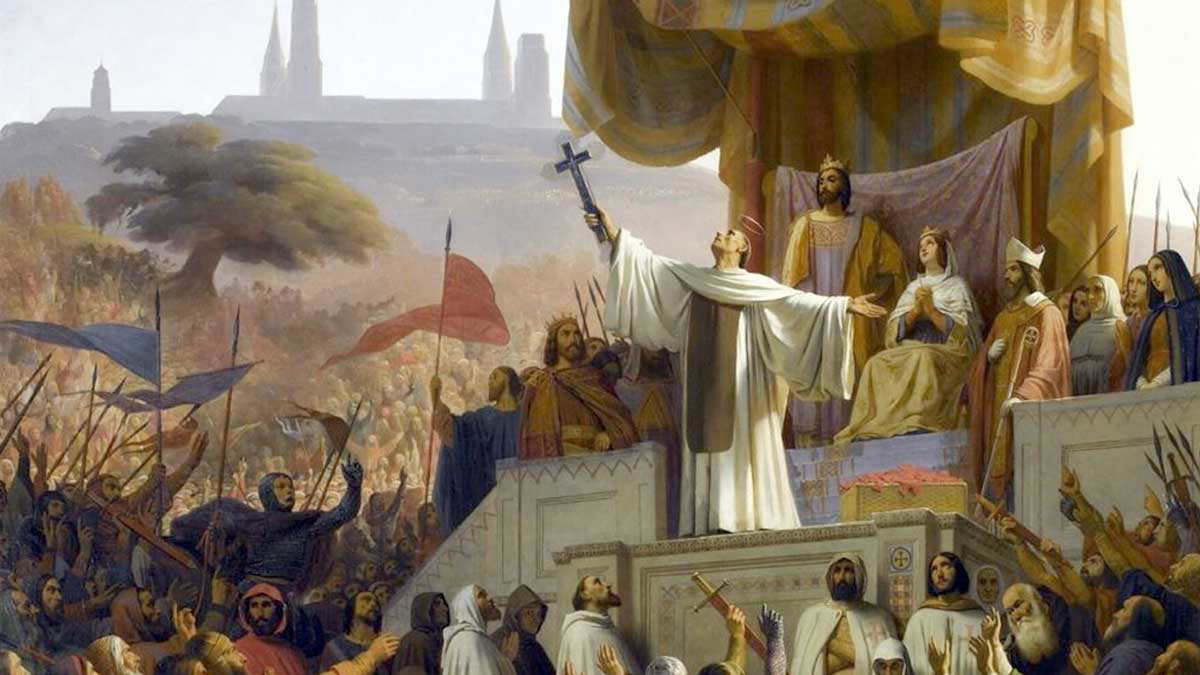
Eventually, the Albigensian Crusade was declared against the Cathars in 1208, offering Cathar property to noblemen willing to fight against them. By 1244, the crusade had effectively driven the Cathars underground and the movement was eradicated by the 1300s. Both Kings Louis XIII and Louis IX of France would participate in the crusade.
The rise of the Dominican Order against the Cathars was not the only development the Roman Catholic church had in this period. In trying to weed out the Cathars, the church also instituted what became known as the Inquisition, using torture and other methods to squeeze out heretical movements.
